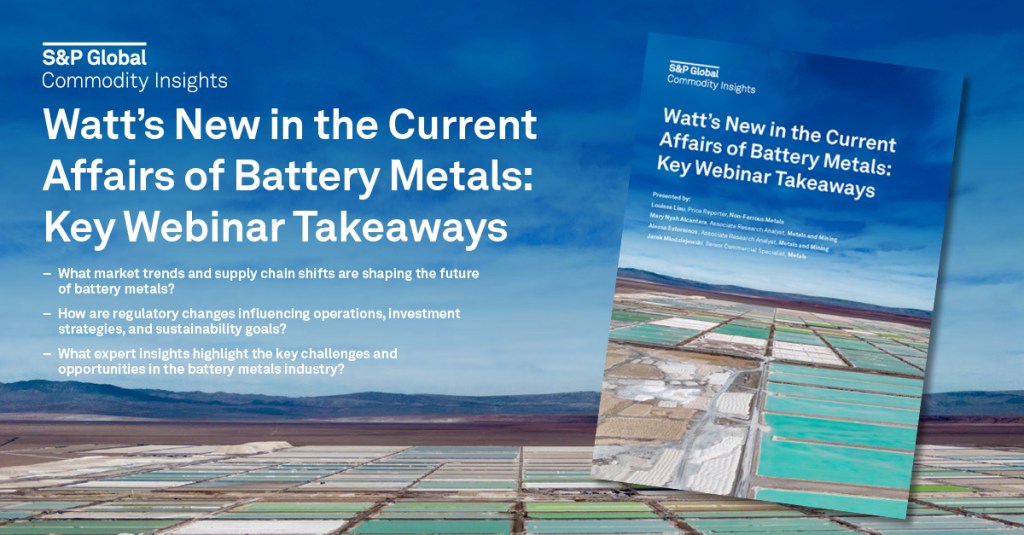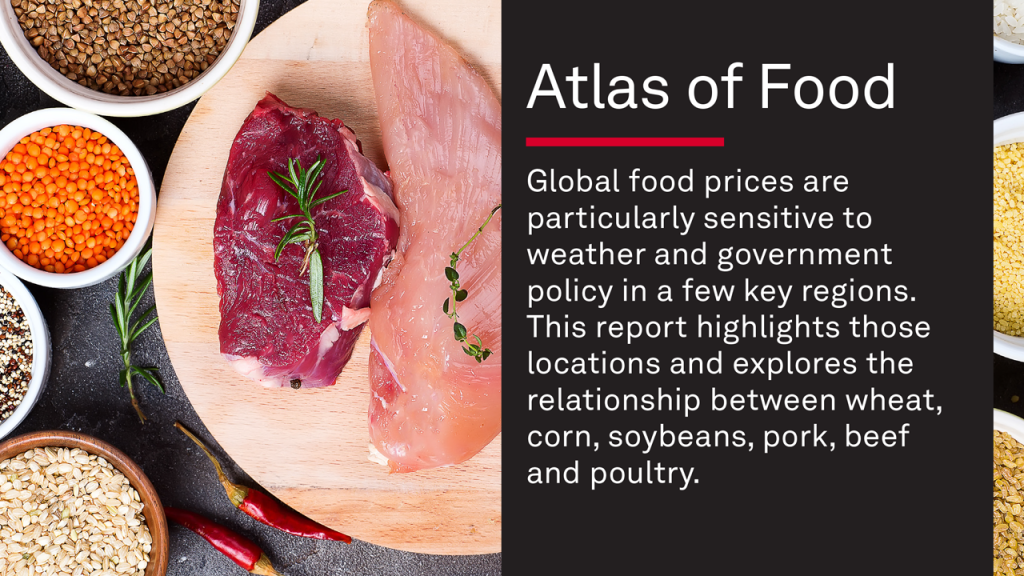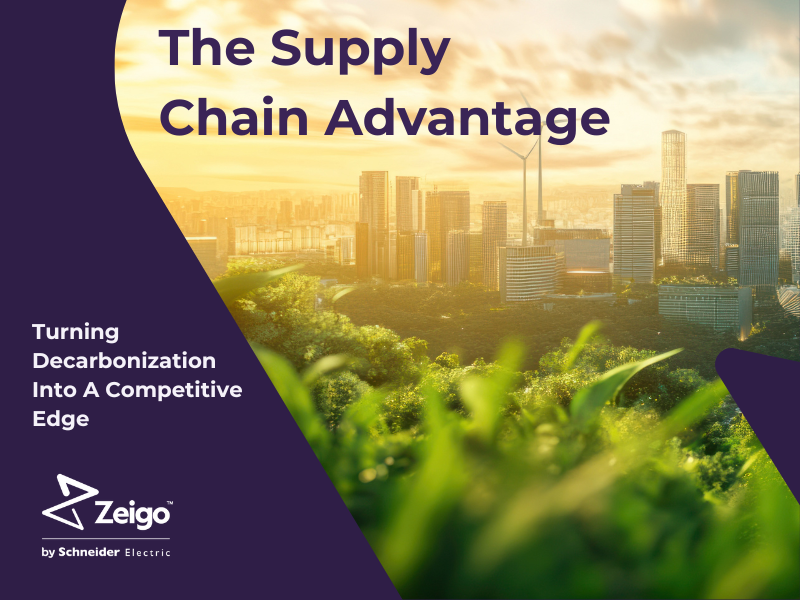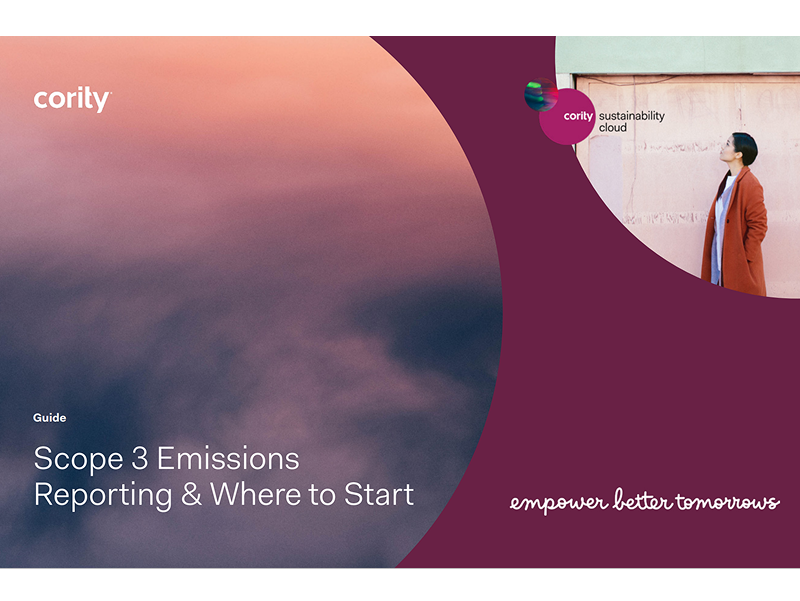Blue Source and Ontario Power Generation Emissions Trade
Overview
This GHG forward trade will transfer a maximum of 6 million metric tons (MMT) CO2 during the period 2001-2005, and an option for an additional 3 MMT CO2 from 2002 to 2004, from Blue Source LLC to Ontario Power Generation (OPG) in the form of CleanAir Canada registered Emission Reduction Credits (ERCs). Blue Source acquires the emissions reductions from U.S.-based industries.
Background and Description
When oil producers inject CO2 under pressure into partially depleted crude oil reserves, oil which would have been trapped becomes recoverable, and the injected CO2 is ultimately sequestered in the underground reservoirs. Typically the injected CO2 used in enhanced oil recovery (EOR) is extracted from underground CO2 reserves. In most locations, however, CO2 sourced from the vent stacks of natural gas treating plants and from oil production separators can economically compete with CO2 from underground reserves when the additional value of ERCs can offset the higher cost of capturing the vent-sourced CO2. CO2 sourced from industrial vent stacks (both process and production) for use in EOR projects is a valid sequestration method recognized by the Intergovernmental Panel on Climate Change.
The EOR projects are in three states (Texas, Wyoming, and Mississippi) where there are no external requirements for controlling or reducing CO2 emissions from gas processing and oil production facilities, and the CO2 gas re-injection is not required under applicable state and US federal regulations associated with oil and gas operations.
At OPG, CO2 emission reductions are required to meet their corporate, absolute GHG target, which is to stabilize net emissions of GHGs at levels equivalent to the 1990 level into the foreseeable future. OPG annually reports progress towards its target with Canada









